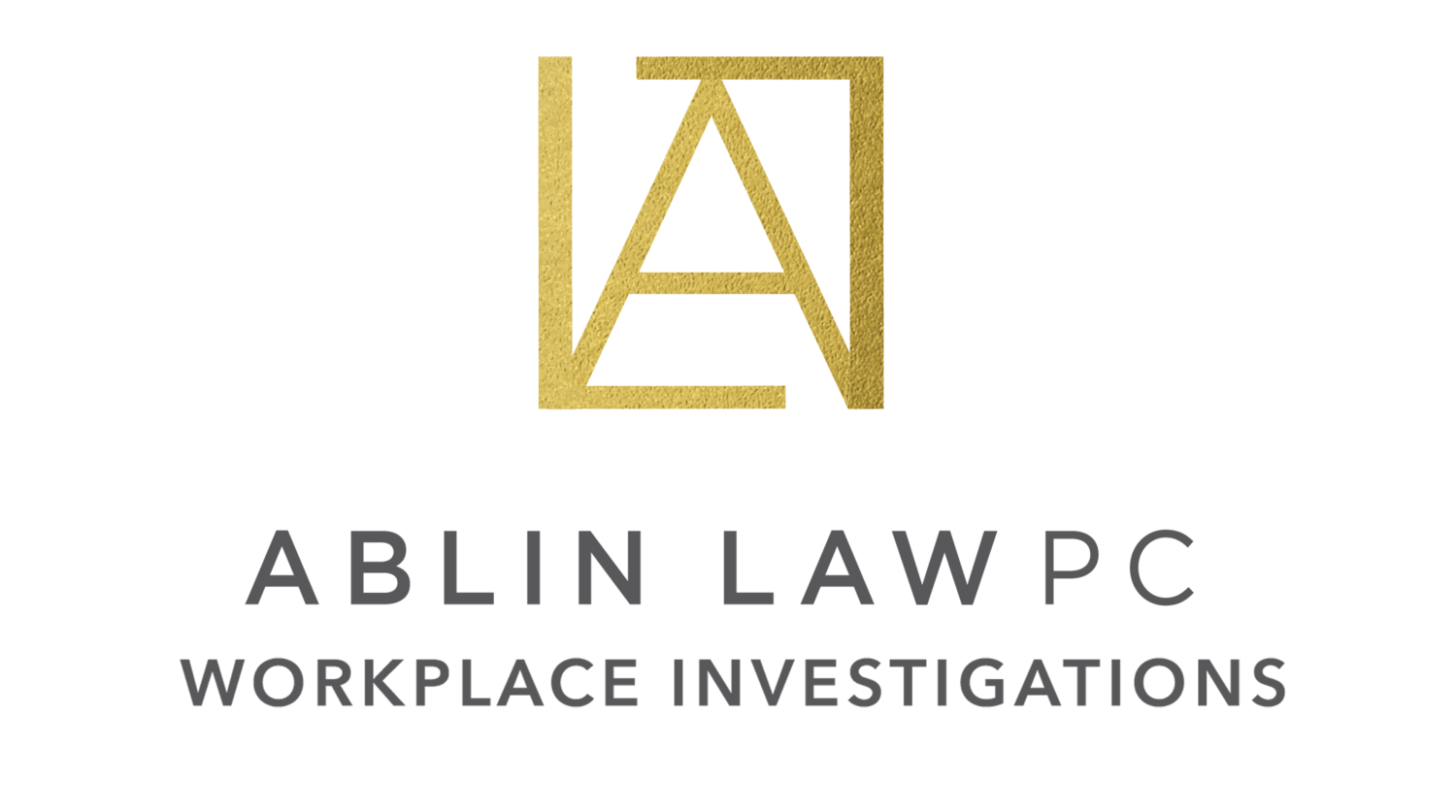Bullying — it’s something we think about when we hear about school children on the playground. However, what you may not be aware of is that bullying occurs in a professional setting where you would least expect it — the workplace.
The numbers are staggering — nearly 80 million people annually are subjected to some form of bullying in the workplace. These numbers come from the Workplace Bullying Institute whose 25-year mission has been the tracking, prevention, and correction of abusive conduct at work.
As we navigate our post-pandemic workplaces, we are learning that more employees than ever before are choosing to continue working remotely or in hybrid environments. According to the same study, 43 percent of remote workers face some form of bullying. Therefore, it is crucial for a modern organization to be able to identify even the subtle signs that someone in your workplace is bullying others. Here are a few indicators that may not be immediately obvious to an outsider looking in:
- Excluding a specific person — while it is common to grow relationships and choose to interact with certain individuals in any situation, this behavior becomes a problem when a specific worker is regularly excluded from workplace meetings, in-house social events, or outside social events. The person targeted for exclusion may be a victim of bullying tactics.
- Undermining a person’s job — this form of bullying is often subtle to anyone not experiencing the slight personally. An example of this may be a worker intentionally being given bad, partial, or false information that will hinder their ability to successfully do their job. They may also get conflicting information about what is needed to complete a task or be refused opportunities to participate in training that would enable their success.
- Undermining a person — when someone spends time badmouthing a person’s performance, meeting attendance, or how they interact with others, it is important to determine whether they are in fact a victim of bullying. This sign often presents itself as “gossip” but is still a serious form of bullying.
- Setting unrealistic expectations —this may be one of the most subtle signs someone is being a bully, especially within a workplace that claims they are “fast-paced.” Assigning work with deadlines that are impossible to meet, withholding critical information about a specific task, or demanding that tasks that seem meaningless are assigned in conjunction with a taxing project could mean the person is simply being a bully. This is often perpetrated by someone expecting an employee to fail or intentionally sabotaging them.
- Intimidation —whether the threat is overt or veiled, any communication or behavior that is meant to induce fear is considered bullying. This is often meant as a coercive action for the personal benefit of the bully. For example, if a supervisor mocks or glares at you every time you request a day off or stands over you every time you stop to eat lunch, they are attempting to intimidate you into giving up your request or break time to continue working.
- Rationalization or minimization —outside of the tactics that are directly levied against a person, a form of bullying comes when their concerns are discounted. In this instance, a manager might excuse or defend the actions of another bully, which makes them complicit. They may also choose to discount or fail to address someone’s legitimate concerns or feelings.
Bullying is rarely identified based on one action, but a pattern of behavior over a long period of time. This is why it can be so difficult to detect and claims must be thoroughly investigated. The last thing an employer wants to deal with is having a worker file a complaint stating they did nothing about internal bullying in the workplace.
Every Level of Staff is Subject to Bullying
Nothing is out of bounds when it comes to bullies, but no employee deserves to feel uncomfortable at work. Therefore, it is critical a company implements a robust policy that includes the following:
- Guidelines on acceptable behavior— it is imperative that organizations devise a plan on how to thoroughly investigate any claims and prevent future incidents. Every employee should be aware of the guidelines and the consequences if they fail to follow them.
- Accessible reporting of claims— every employee should understand exactly how to report bullying. Whether the bully is equal, or in a supervisory or other managerial roles, it is essential that everyone understands claims will be taken seriously. There must be a confidential way to report incidents that concern employees and those concerns must be followed up on by someone who takes a complaint seriously.
- Monitor workplace for bullying tactics— the best way to do this is to watch interactions between various parties throughout the workday. Oftentimes, the signs are subtle, but victims often display some familiar characteristics which you can watch for. Some of these include avoiding certain people in the workplace, showing signs of frustration, or being overly emotional in the workplace.
Remember, committing to a positive internal culture that is inclusive of all employees regardless of their status within the company can limit workplace misconduct. An intern deserves to be treated with the same level of respect as a c-level employee in the company.
Investigating Claims of Workplace Bullying
You may do absolutely everything right and still find yourself with one or more employees filing a bullying complaint against another employee. That is where Ablin Law can help.
We conduct thorough independent workplace investigations free of bias. We understand that maintaining harmony in the workplace while these investigations are ongoing is vital and we are here to help you manage employee expectations that claims will be investigated impartially.
Contact Ablin Law today for more information on workplace investigations by telephone 312.288.2012, text 773.230.4386, or email rachel@ablinlaw.com.


Recent Comments